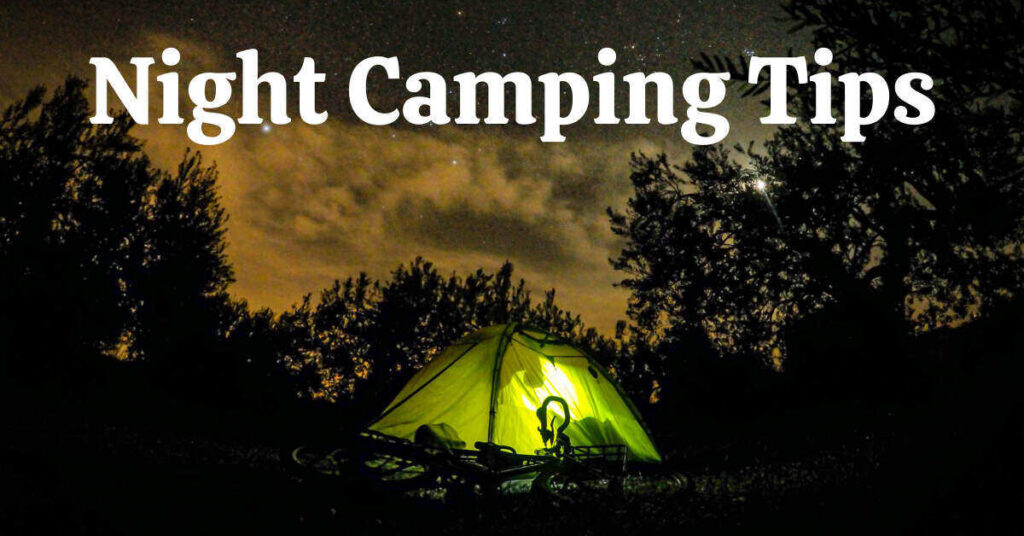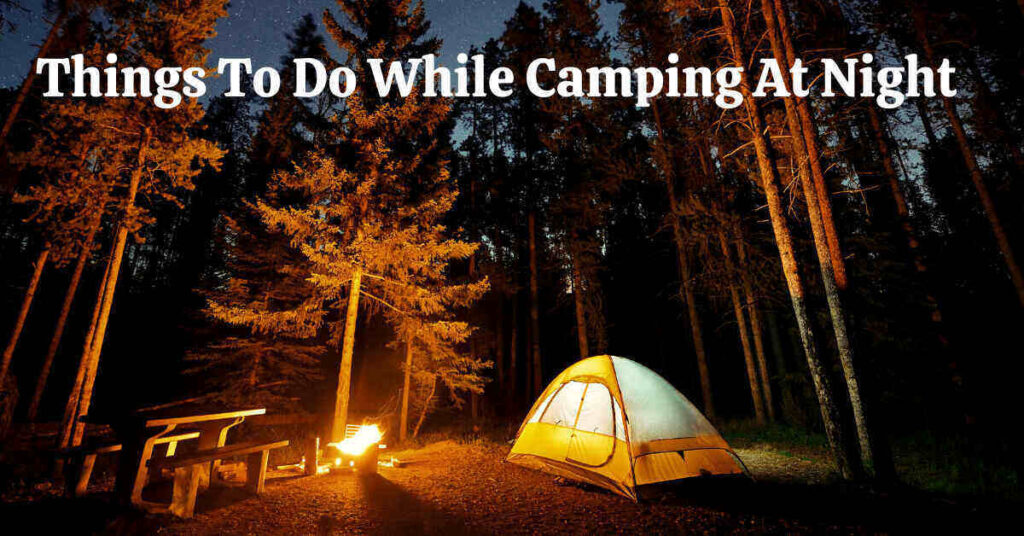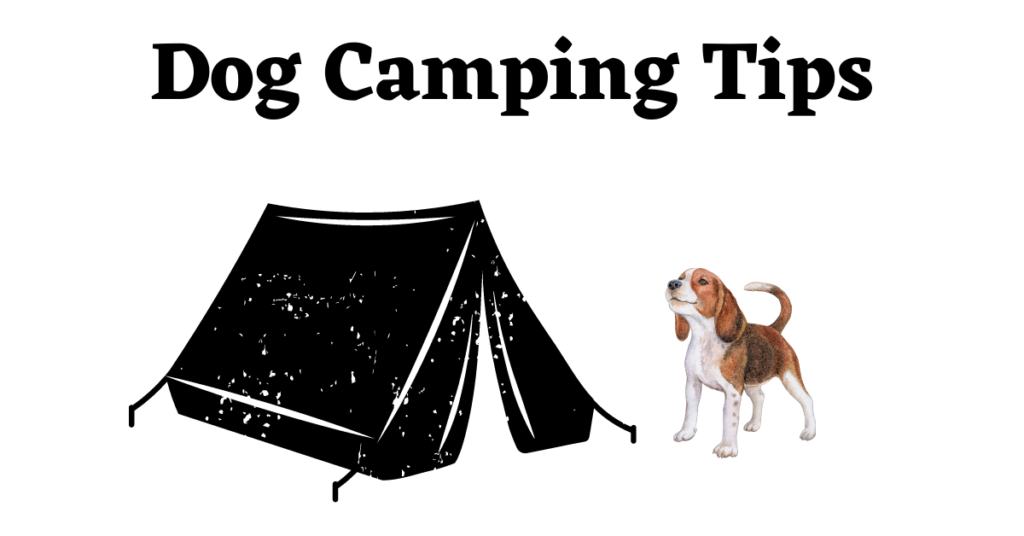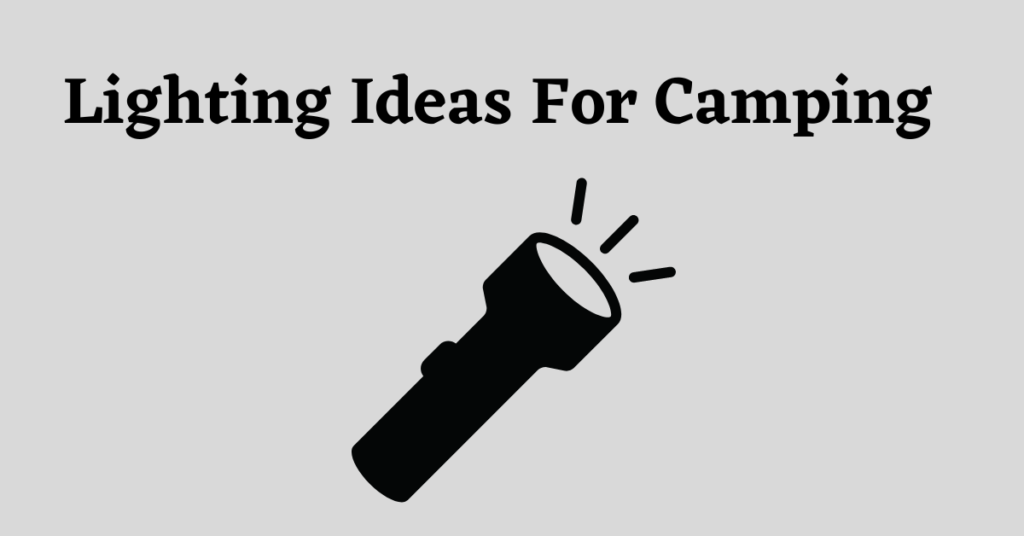Venturing into the wilderness alone, with only the sounds of nature and your own thoughts for company, is an exhilarating experience that every outdoor enthusiast should try. Solo camping offers a unique opportunity to connect with nature, test your skills, and discover a newfound sense of self-reliance. In this guide, we’ll walk you through everything you need to know as a beginner solo camper.
Introduction to Solo Camping
The allure of solo camping lies in the tranquility and self-discovery it promises. Picture yourself surrounded by towering trees, the soft rustle of leaves in the wind, and a sky ablaze with stars. Solo camping allows you to set your own pace, disconnect from the chaos of everyday life, and truly immerse yourself in the natural world.
Embarking on this journey, however, comes with both rewards and challenges. For beginners, the prospect of going it alone might seem daunting, but with careful planning and the right mindset, it can be an unforgettable adventure.
Choosing the Right Location: Safety and Accessibility
Before setting out on your solo camping trip, research and select a location that aligns with your skill level and preferences. Select well-established campsites or trails, especially if you’re new to camping.
National and state parks often offer designated areas for camping, complete with amenities like restroom facilities and established fire pits. These locations provide a balance of safety and accessibility for beginners, ensuring that help is never too far away if needed.
As you gain more experience, you can gradually explore more remote and challenging destinations. Remember, safety should always be your top priority, so check trail conditions and any permits required before heading out.
Essential Gear and Equipment Checklist
Packing the right gear is crucial for a successful solo camping experience. Begin with the basics: a sturdy tent, sleeping bag, and sleeping pad to ensure a comfortable night’s rest. Opt for lightweight and compact options to make carrying your gear more manageable.
Don’t forget essential clothing layers to stay warm and dry, even in changing weather conditions. A reliable headlamp, multi-tool, and portable stove for cooking are also must-haves. Invest in a high-quality backpack that fits well and distributes weight evenly to prevent strain during your hikes.
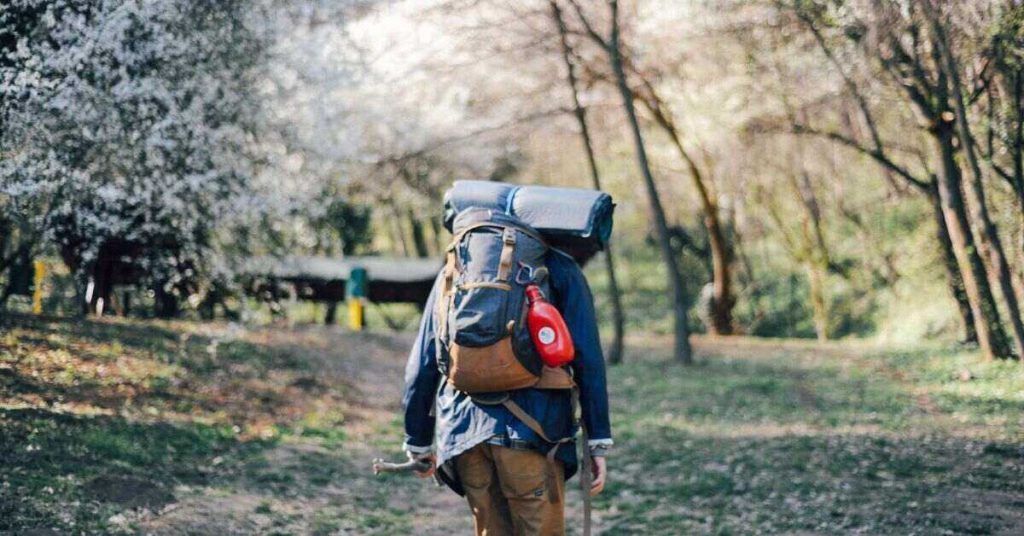
Packing Efficiently: Tips for a Successful Trip
Packing efficiently is an art that can significantly enhance your solo camping experience. Roll your clothes to save space and use dry bags to keep your gear organized and protected from moisture. Place frequently used items like snacks, a map, and your first aid kit in easily accessible pockets.
When it comes to food, choose lightweight, non-perishable options that require minimal preparation. Dehydrated meals, trail mix, and energy bars are great choices. Remember, overpacking can lead to unnecessary discomfort, so prioritize items based on their utility and importance. Here’s a guide on minimalist camping.
Safety First: Preparing for the Outdoors
Here are some safety tips for solo campers:
· Understand Potential Hazards and Risks
While solo camping offers an opportunity for solitude and introspection, it’s crucial to acknowledge and prepare for potential hazards. Educate yourself about the specific risks of your chosen location and take necessary precautions.
Learn how to identify local flora and fauna, especially any poisonous plants or aggressive animals.
· First Aid and Emergency Preparedness
Accidents can happen even to the most experienced campers, so having a well-equipped first aid kit is essential. Your kit should include items like bandages, antiseptic wipes, tweezers, and any personal medications. Familiarize yourself with basic first-aid procedures before your trip.
In case of an emergency, knowing how to signal for help is crucial. Carry a whistle and a mirror for signaling. Also, consider investing in a personal locator beacon (PLB) or satellite communicator for remote areas where cell reception is unreliable.
· Navigation Techniques and Tools
Navigating the wilderness requires more than just a smartphone. While digital tools can be helpful, they can also fail due to battery drain or lack of signal. Learn how to use a map and compass, and practice your navigation skills before your solo camping trip.
Additionally, consider downloading offline maps or using a GPS device designed for outdoor use. Keep in mind that technology should complement, not replace, your navigation skills.
Setting Up Camp
Selecting a suitable campsite is crucial for a safe and enjoyable experience. Look for a level and well-drained area away from water sources to avoid flooding. Ensure you’re not camping in a fragile ecosystem or wildlife habitat.
Be mindful of local regulations regarding camping distances from trails and water bodies. Aim to camp at least 200 feet away from lakes and streams to minimize your impact on aquatic ecosystems.
Once you’ve found the perfect spot, it’s time to set up your shelter. Lay out a ground tarp or footprint to protect your tent from moisture and abrasions. Assemble your tent according to the manufacturer’s instructions, securing it with stakes or rocks as needed.
Inside the tent, create a comfortable sleep area by placing your sleeping pad and sleeping bag. Keep your gear organized to maximize space and prevent clutter. A headlamp or lantern can provide ambient light during the evening hours.
Campfire Safety and Responsible Cooking Practices
Before starting a fire, check local regulations and fire restrictions. If fires are allowed, use established fire rings or fire pans and keep your fire small.
When cooking, use a portable stove to minimize your environmental impact. Pack out all food scraps and trash to leave no trace of your presence. As tempting as it may be to feed wildlife, remember that human food can be harmful to animals and disrupt their natural behaviors.
Food and Water Considerations
· Meal Planning and Packing Nutritious Foods
Proper nutrition is essential for maintaining your energy levels during your solo camping adventure. Plan balanced meals that include a mix of carbohydrates, protein, and healthy fats. Dehydrated meals, instant oats, and dried fruits are lightweight options that are easy to prepare.
Pack your food in sealed containers or resealable bags to prevent spills and keep out pests. Opt for single-serving portions to minimize waste and make meal preparation more convenient.
· Safe Water Sources and Purification Methods
Access to clean and safe drinking water is paramount. Research the availability of water sources at your chosen campsite and plan to carry an adequate supply or identify nearby water sources.
To ensure your water is contaminant-free, use water purification methods such as boiling, water filters, or chemical treatments. Avoid drinking untreated water from natural sources, as it may contain harmful microorganisms.
· Leave No Trace Principles for Minimal Impact
Solo camping is not just about connecting with nature—it’s also about preserving it for future generations. Embrace Leave No Trace principles to minimize your impact on the environment. Pack out all trash, including food scraps and hygiene products.
Use established trails to prevent erosion and avoid trampling on fragile vegetation. Keep noise levels down and respect the wildlife by observing from a distance.
Enjoying Your Solo Camping Experience
· Exploring Nearby Trails and Natural Attractions
While solo camping offers moments of quiet introspection, it’s also a chance to explore and discover the wonders of the natural world. Venture out on nearby trails to witness breathtaking landscapes, from lush forests to rugged mountain vistas.
Research the flora and fauna of the area to enhance your appreciation of the environment. Bring along a guidebook or nature identification app to help you identify plants, birds, and other wildlife you encounter.
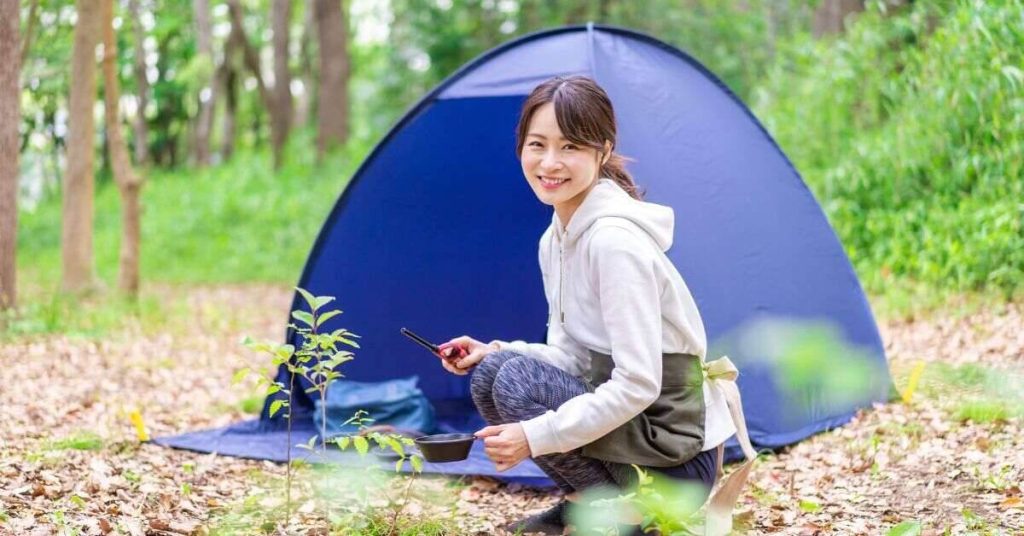
· Engaging in Outdoor Activities: Hiking, Photography, Stargazing
Solo camping isn’t limited to sitting by the campfire. Engage in various outdoor activities that align with your interests and the area’s natural features.
Hiking is a popular choice, allowing you to explore the terrain and reach scenic viewpoints. Capture the beauty of nature with your camera or smartphone, documenting the moments that resonate with you. As night falls, indulge in the wonders of the night sky by stargazing—lay back and let the universe unfold above you. Here are more activities to do when night camping.
Overcoming Challenges and Building Confidence
Managing Solitude and Potential Loneliness
Spending time alone in the wilderness can bring a sense of solitude, but it may also trigger feelings of loneliness, especially for beginners. Embrace this opportunity to connect with yourself and learn more about your own thoughts and emotions.
Bring along a journal to document your experiences, thoughts, and reflections. Engage in activities that bring you joy, such as reading, sketching, or practicing yoga, to combat any feelings of isolation.
Dealing with Unexpected Situations and Setbacks
Solo camping requires adaptability and problem-solving skills. Be prepared for unexpected situations, such as sudden weather changes or gear malfunctions. Stay calm, assess the situation, and make informed decisions.
Trust your instincts and prioritize safety above all else. In case of severe weather or other emergencies, seek shelter and wait for conditions to improve. Remember that setbacks are part of the learning process and can contribute to your growth as a solo camper.
Developing Outdoor Skills and Self-Reliance
Every solo camping trip is an opportunity to develop new skills and enhance your self-reliance. Take note of what worked well and what challenges you encountered during your adventure. Use these experiences to refine your camping techniques and make informed decisions on future trips.
Consider taking outdoor skills workshops or classes to further your knowledge in areas such as navigation, wilderness survival, and first aid. As you build your expertise, you’ll feel more confident and capable of tackling the challenges that solo camping presents.
Reflecting and Sharing: Post-Solo Camping
After your solo camping adventure, reflect on your experiences. Use a journal to capture the details of your journey, from the sights you saw to the emotions you felt. Documenting your trip lets you relive the moments and track your progress as a solo camper.
Write about the challenges you overcame, the lessons you learned, and the personal growth you experienced. Your journal becomes a cherished keepsake and a source of inspiration for future outdoor endeavors.
Planning Your Next Solo Camping Adventure
As your confidence and skills grow, you’ll likely find yourself eagerly planning your next solo camping adventure. Consider exploring new locations, tackling more challenging trails, or delving deeper into the wilderness.
Each solo camping experience builds upon the last, enriching your connection with nature and fueling your passion for outdoor exploration.
Final Thoughts
Solo camping is a journey of self-discovery, resilience, and connection with the natural world. As you venture into the wilderness alone, remember to leave no trace, respect the environment, and savor every moment of your solo camping adventure.

